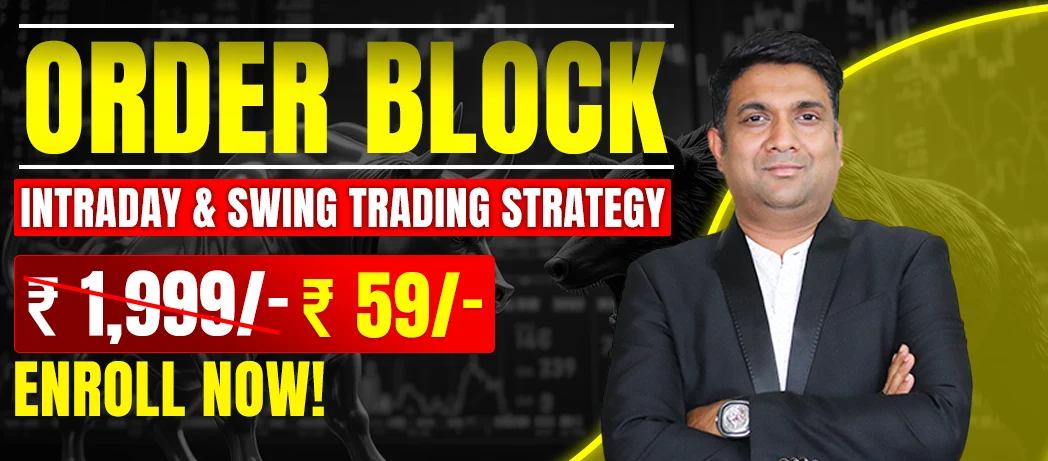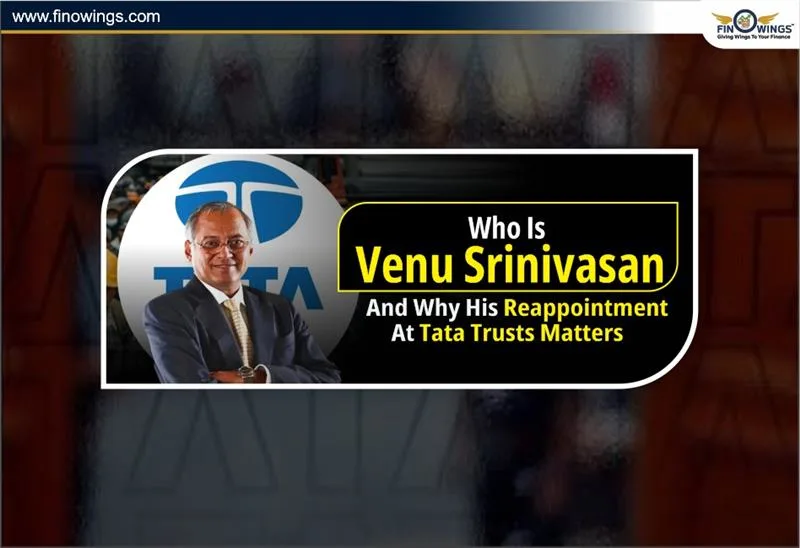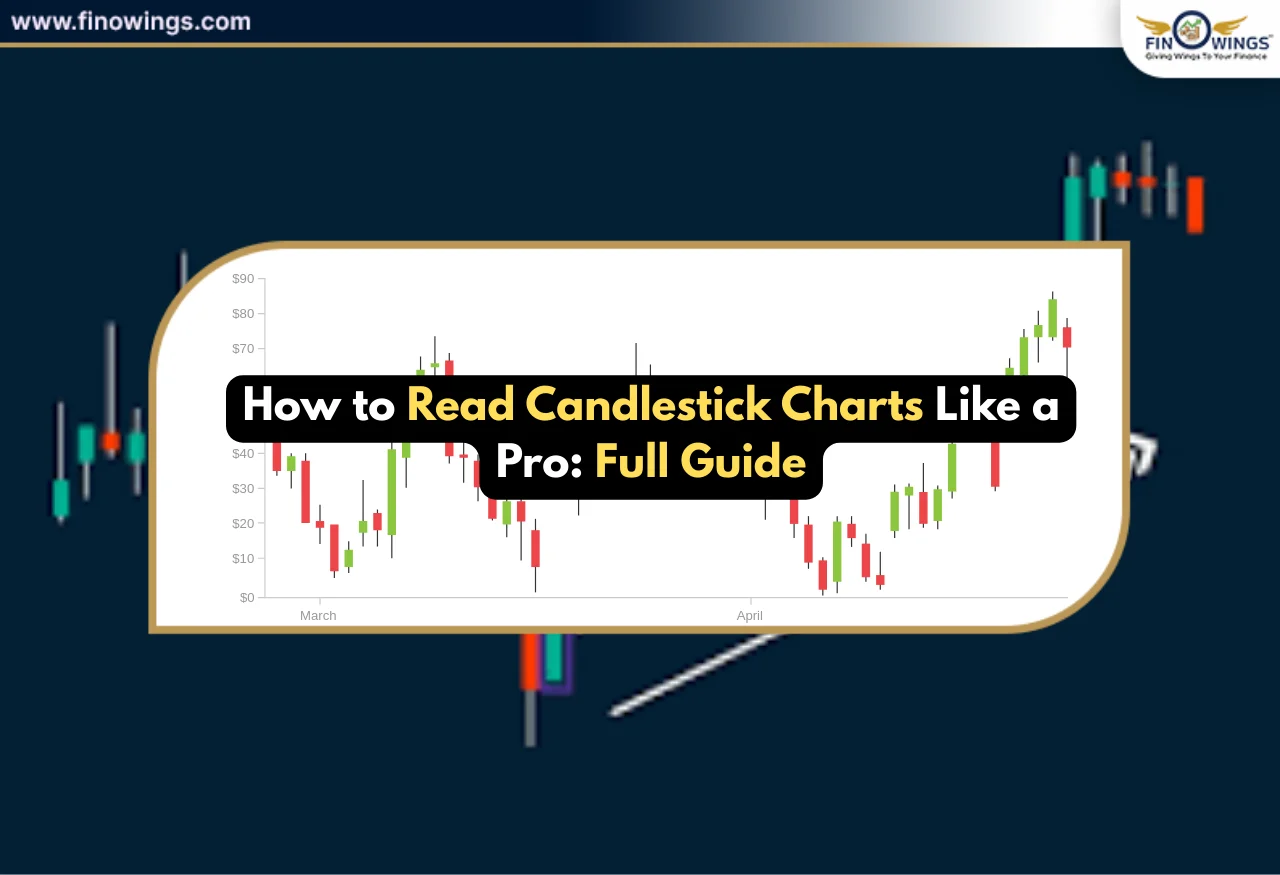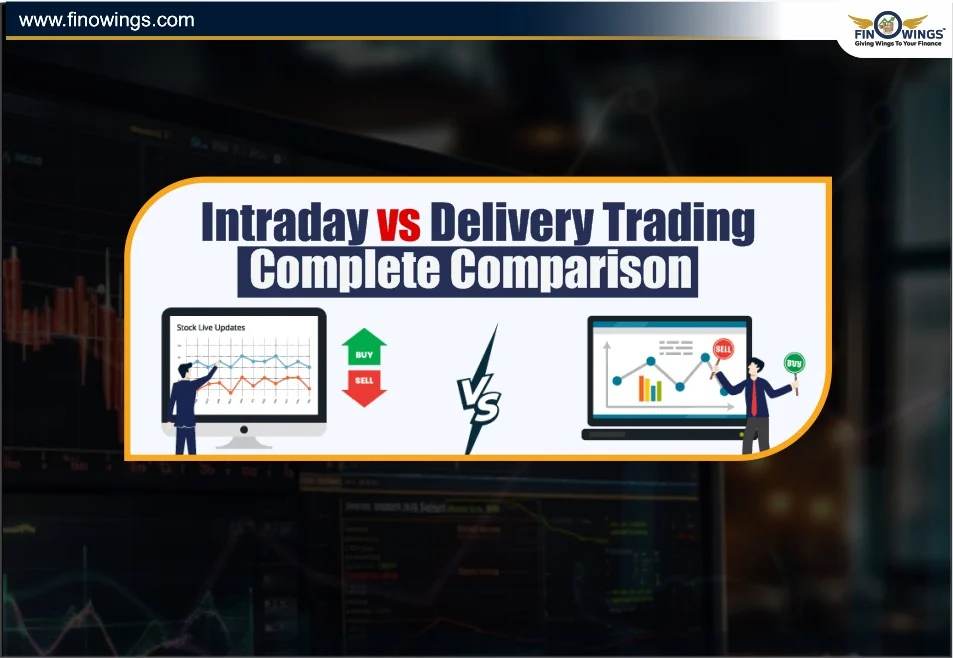Home >> Blog >> Complete Guide to Options and Futures Trading in India
Complete Guide to Options and Futures Trading in India

Table of Contents
- Introduction
- What is F & O Trading?
- Understanding Futures Trading
- Key Features of Futures Trading
- What Are Options?
- Futures vs Options: Key Differences
- Commonly Used Futures Trading Strategies
- Options Trading Strategies for Beginners
- How to Start F&O Trading in India
- Regulatory Framework
- Advantages of F&O Trading
- Risks in F&O Trading
- Conclusion
Introduction
The Indian stock market goes beyond just buying and selling shares. The market has evolved to include Futures and Options (F and O) trading and how investors and traders balance and manipulate risk in how and profit in trading.
For those confused about the terminology, such as the futures market, the options contract, or leverage trading, this blog will function as your guide to futures and options. The blog will explain each concept simply and in an easy step-wise approach for the beginner to learn the futures trading and options how to employ it effectively.
It's a good idea to comprehend the fundamentals of wealth development before delving deeply into futures and options. A great addition to this F&O guide is our blog post on the top 10 long-term investment strategies for Indian investors.
What is F & O Trading?
F & O trading or Futures and Options trading is a segment of the derivatives market. The traders here do not directly engage in buying or selling shares. Instead, they trade contracts deriving value from an underlying asset. This could be a stock, index, or a commodity.
Derivatives can simply be described as financial instruments whose value is a direct function of another asset. Futures and Options are different contracts and derivatives to fulfil the same function of speculation or risk cover or income generation.
Understanding Futures Trading
Contracts that obligate you to purchase or sell an item at a particular price and future date are the basis of futures trading.
E.g if the Nifty is currently trading at 24,000, purchasing a Nifty Futures contract for the following month at ₹24,100 signifies that you commit to purchasing the Nifty at that price regardless of any future price fluctuations.
Key Features of Futures Trading
Standardised Contracts: Contracts are traded on NSE or BSE and have fixed quantities and expiry dates.
Leverage: This means that traders are able to take on large positions, but with down a deposit.
Mark-to-Market Settlement: This simply means that profits and losses are collected on a daily basis.
No Ownership Transfer: The ownership does not change, and you do not own the shares, but they are the price movements that you are trading.
Example
Assume you buy a futures contract for Reliance stock on the prediction that the stock price, which is currently priced at ₹2,500, will increase next month.
If the stock price increases to ₹2,600, then you have gained ₹100 per share, multiplied by the total contracted amount.
However, they are also subject to the same contract lot size losses. This is what makes futures trading for beginners so exciting! Being able to take focused, high levels of risk with high levels of expected return.
What Are Options?
An option gives you the right, but not the obligation, to buy or sell an asset at a specific price before a specific date.
Call Option: The right to buy the asset.
Put Option: The right to sell the asset.
Example
Let’s say you buy a TCS call option at a ₹3,500 strike price for a premium of ₹100. When TCS reaches ₹3,700, you earn a profit of ₹200 - ₹100 (premium) = ₹100 for each share.
If it falls, your loss is limited to the premium.
That’s the beauty of options trading – limited loss and potentially massive gain.
Futures vs Options: Key Differences
Why Trade in the Futures Market?
India’s futures market gives you:
1. Hedging Risk- Market risk volatility can affect your portfolio. If you have HDFC Bank shares, you can protect against a price fall by selling futures.
2. Speculation- Traders use futures trading methods to profit from short-term market changes.
3. Price Discovery- For investors and institutions, futures prices provide insight into possible market developments.
4. Liquidity- The NSE F&O segment is one of the most liquid markets in the world, guaranteeing seamless passage.
Commonly Used Futures Trading Strategies
Understanding strategy is important in futures trading strategies for beginners. Here is guide to Options and Futures Trading:
1. Hedging Strategy- Used to protect your existing portfolio from potential losses e.g you can short Infosys futures if you possess Infosys shares to remove the chance of value loss.
2. Spread Trading- Purchasing and disposing of futures contracts for the same stock with various expiration dates. This reduces risk while taking advantage of price changes in the market over time.
3. Arbitrage Trading- Take advantage of the difference in price between the spot and futures markets and profit without risk.
4. Breakout Trading- Find strong price levels marked by technical means (support or resistance) and trade when the price breaks, commonly used by intraday traders in the futures market.
Options Trading Strategies for Beginners
To fully grasp futures and options trading, one must dive into options strategies as well:
1. Covered Call- Make money by selling a call option on your shares.
2. Protective Put- To protect your long-term stock holdings, purchase a put option.
3. Straddle- If you want to profit from volatility, buy both call and put options on the same stock.
4. Iron Condor- Low volatility is a profit-making opportunity for advanced options traders because they can use multiple options.
For smarter decisions, these strategies integrate technical and fundamental analysis.
How to Start F&O Trading in India
Follow these steps if you are a beginner:
1. Open a Trading & Demat Account- Pick a broker that is SEBI registered and provides F&O services.
2. Understand Margin Requirements- With futures, you will need fixed advance and some ongoing margins. Before placing your trades, take note of the margin calculators your broker will provide so you can estimate the margins needed for your transactions.
3. Select Stocks or Indices- Liquid contracts like the Nifty, Bank Nifty, or blue-chip stocks are good to start with.
4. Practice With Virtual Trading Apps- Beginners can use these to simulate trades and learn to predict price movements.
5. Use Risk Management- Capital is best protected through stop-loss, position sizing, and diversification.
Regulatory Framework
In India, futures and options trading are regulated by the SEBI. Every contract is traded on the recognised NSE and BSE exchanges. For transparency and to protect retail traders, the governing bodies define rules on margins, position limits, and expiries.
Advantages of F&O Trading
High Leverage → Trade with a small amount of money while controlling a large position.
Diversification → Hedge different sectors or indices.
Two-Way Profit Potential → Earn in rising or falling markets.
Institutional Participation → Enhanced liquidity plus credibility.
Risks in F&O Trading
But F&O trading is not without risks.
-
Minimal price fluctuations can cause huge losses.
-
The closer to expiry, the less valuable the option.
-
Sudden conditions can lead to margin calls.
Complexity: Requires understanding the futures market.
So, always study and practise to gain understanding before trading live.
Conclusion
Futures and Options trading in India is providing new opportunities every day, and new techniques in trading balance building wealth and hedging risks. For this to be successful, risk management, education, and discipline are necessary.
For beginners, start small, learn the basics of futures trading, and work with small, uncomplicated strategies before you increase your trading amount. The Indian futures market is extensive and regulated, waiting for people to utilise it properly. Be patient and you will succeed. Knowledge is key to F&O trading.
DISCLAIMER: This blog is NOT any buy or sell recommendation. No investment or trading advice is given. The content is purely for educational and information purposes only. Always consult your eligible financial advisor for investment-related decisions.
Author
Frequently Asked Questions
F&O trading refers to Futures and Options, which are derivative contracts whose value is based on an underlying asset like stocks, indices, or commodities.
In F&O, individuals don’t buy shares—they trade contracts. Futures involve obligation, while options give the right but not the obligation to buy or sell. Traders use them for hedging, speculation, and leveraging market movements.
F&O trading offers big opportunities but also higher risk. Beginners can start safely by practising with virtual trading, learning margin rules, understanding basic strategies like covered calls or protective puts, and trading only liquid contracts like Nifty or Bank Nifty. With proper risk management, beginners can gradually build confidence.
-
Futures: Obligatory contract to buy/sell at a fixed price on a future date. Profit/loss is unlimited.
-
Options: Only a right, not an obligation, to buy/sell at a strike price. Loss is limited to the premium.
Futures carry higher risk but higher liquidity, while options offer lower capital requirements and better risk control.
The minimum amount depends on margin requirements set by brokers and exchanges.
A futures contract usually requires ₹25,000–₹1,50,000, depending on the stock/index, while options buying can start with as low as ₹500–₹3,000. However, options selling requires higher margins similar to futures.
Key risks include:
-
High leverage leading to large losses
-
Time decay in options
-
Margin calls during volatile markets
-
Complexity of derivatives
-
Quick price movements
Traders should use stop-loss, proper position sizing, and only trade after understanding futures trading basics and options strategies.



















